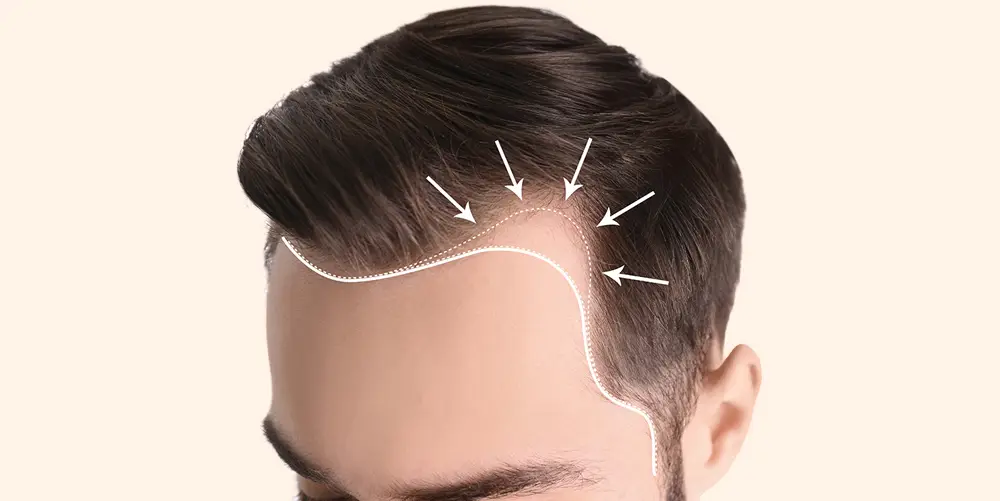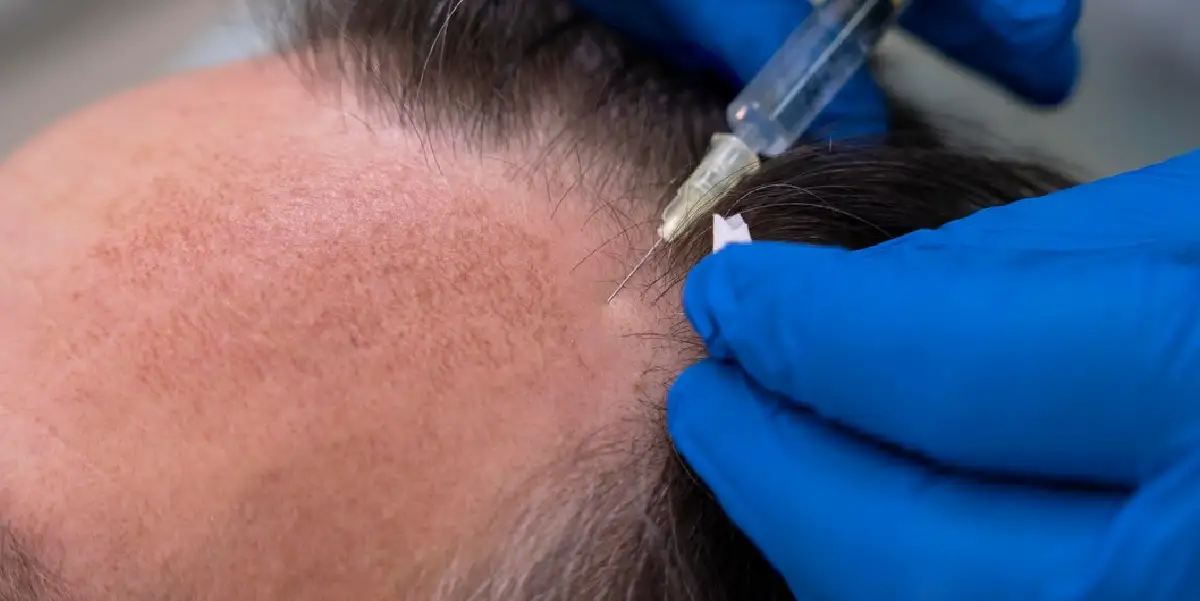How Hair Transplants Can Overcome Male Pattern Baldness
- By Harleys Clinic
- Mar, 02 2023
Hair loss, medically termed Alopecia, is a common concern around the world. It can occur due to a lot many reasons, with genetic predisposition alongside other contributing factors, being the main cause. According to hair transplant surgeon in Mumbai, Dr. Sumit Agarwal,
‘The global incidence of baldness is on the rise, attributed to many reasons, including stress, pollution, bad lifestyle habits, and poor dietary nutrition- all of which contribute to hereditary hair loss- male pattern baldness’.
What is Male Pattern Baldness?
Male Pattern Baldness, also known as Androgenetic Alopecia, is a type of hair loss that affects most men across the globe. 4 out of every 5 men aged under 70 years suffer from this hair issue. This condition can present in different stages of progression and the extent of such type of hair loss can be evaluated by Norwood’s classification. Here are the seven classes (from mild to severe) provided under Norwood’s classification, representing the progression of male pattern baldness:
- Class I (no baldness): The complete hairline is raised on the forehead, meaning the hairline is receding.
- Class II: Triangular areas of recession can be noticed on the frontal sides and minimal recession on the mid-frontal portion.
- Class III: It is a borderline case wherein triangular recessions grow or there is hair thinning happening on the vertex.
- Class IV: More frontal hair loss and widening of hair loss from the vertex still leaving behind a wide band of hair that separates the frontal hair loss from vertex hair loss.
- Class V: Further hair loss at the frontal and vertex and continued breakage of separation line of hairs lying between both areas of baldness.
- Class VI: Disappearance of the separation band or bridge of hairs between the frontal and vertex hair loss, thereby merging both hair losses.
- Class VII (Complete male-pattern baldness): Appearance of a band of hair covering only the back and sides of the scalp.
If one is experiencing these issues and is looking for an effective method for managing baldness, they can consult a hair transplant surgeon at Harleys Hair Transplant clinic, top hair transplant clinic in Mumbai where modern approaches are offered for managing hair loss and baldness issues.
What causes Male Pattern Baldness?
Men suffer from male pattern baldness primarily because of the malfunctioning of genes responsible for determining the sensitivity of the hair follicles to androgen hormone levels. Researchers believe that an increase in androgen hormone (Dih-ydrote-stosterone or DHT) levels can cause the hair follicles that are oversensitive to the hormone to shrink or miniaturize and lead to permanent hair loss. This means in male pattern baldness all the androgen sensitive hair follicles can get affected, resulting in baldness. What is left behind are the hair follicles that are resistant to dih-ydrote-stosterone hormone because they do not possess androgenic hormone receptors.
Therefore, all men who are at risk of pattern baldness do experience disruption in the normal hair growth cycle, causing the hair follicles to shrink and existing hair to thin out, resulting in shorter hair strands. Over time, the hair gets extremely thin and thinning occurs until the hair falls out with the death of hair cells.
For some men, male pattern baldness can even be an outcome of factors like the use of anabolic steroids, specific cancers, and thyroid issues.
Can hair regrowth be possible for men suffering from pattern baldness?
Having understood the genetic influence on the sensitivity of hair follicles to the DHT hormone and the subsequent shrinkage of hair follicles, it’s now clear that there is a lack of proper hair regrowth. The hair that grows back from shrunken or weak hair follicles is usually thinner and shorter. They take time to regrow and eventually cause complete baldness.
The good news is, it’s possible to stop the working of DHT hormone on the hair follicles to shrink them and increase hair regrowth with a proper medical procedure, the hair regrowth rate can be boosted and a full crown can be regrown. Hence, with appropriate treatment at an early stage of pattern baldness by a hair specialist, the sufferer can overcome the challenges of baldness.
In the case of people who are in the advanced stage of male pattern baldness, a hair transplant is the best approach to allow them to naturally restore their heads full of thick, healthy hair.
Why is hair transplantation considered the best solution to treat male pattern baldness?
Although male pattern baldness can be treated in multiple ways, ranging from home remedies to medical procedures, the most commonly done approach to cure male pattern baldness is hair transplant surgery. In this surgical procedure, the hair transplant surgeon moves some hair from the donor areas- usually the back or sides of the head, to the recipient areas- the hair thinning or balding areas of the scalp.
Hair transplantation is done to cover bald areas of the scalp and help grow hair on them. It can even be performed to redesign a perfect hairline if a person is unhappy with an existing one. However, only those who have sufficient healthy hair density in the donor area, are patient and hold reasonable expectations from the results of the procedure, and are not having any systematic illness can get a successful hair transplant.
Hair transplantation is the sole permanent hair restoration solution since here the bald areas are covered with autologous hair grafts taken from other hair body sites having permanent hair roots. The transplanted hair follicles can last on the bald areas for the long term since they are resistant to the DHT hormone. When this surgery is performed by a skilled and experienced hair transplant surgeon, the results seem completely natural.
Two techniques can be used to transplant hair: Follicular Unit Transplantation (FUT) or the Strip method and Follicular Unit Extraction (FUE). FUT is a traditional method that involves taking out a linear strip of hair which is further dissected under the microscope to isolate the individual hair follicles and place them one by one in the micro-holes created in the recipient area. FUE is an advanced hair transplantation technique wherein a micro-punch tool is used to harvest donor hair follicles. Both these procedures are highly effective, particularly for people who fail to respond to hair loss medications, other minimally invasive procedures like growth factor hair therapy, mesotherapy for hair loss, and scalp micro needling. They provide definite best results, although the results may vary among patients mainly because of the different strengths and thicknesses of hair existing in the donor area. Hair transplantation is a worthwhile undertaking procedure because it is a painless, simple procedure providing excellent results if done with professional care.
Hair transplants can be life changing. for more information on this amazing hair restoration surgery. schedule a visit at Harleys Hair Transplant Clinic, best hair transplant centre in Mumbai.






